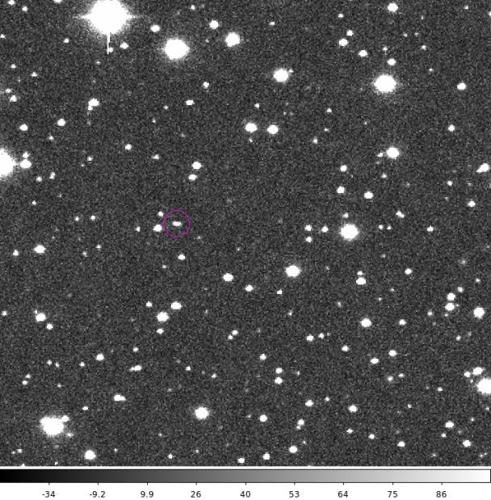For the second time ever, an astronomer saw an asteroid headed for Earth before it got here.
And for the second time, the discoverer was Tucson astronomer Rich Kowalski, using the 60-inch telescope on Mount Lemmon.
The asteroid named 2014 AA was about the size of a car, and it likely burned up in the atmosphere over the Atlantic Ocean off the West Coast of Africa on New Year’s Day.
In comparison, the one that lit up Tucson skies last month was about the size of a basketball.
Kowalski works at the Catalina Sky Survey, a division of the University of Arizona’s Lunar and Planetary Laboratory.
“This is a group that has found more than half the near-Earth asteroids known to mankind at the moment,” said Professor Timothy Swindle, who heads the laboratory.
The Catalina Sky Survey has dedicated telescope time, two good telescopes and software that helps detect objects in real time, he said.
“These two they’ve found are little ones, but their real job is to find ones that may be dangerous,” Swindle said. “The trick is to find them before they find us, which is what they’re trying to do.”
Kowalski was working alone on a routine night on New Year’s Eve when he spotted asteroid 2014 AA, said Sky Survey director Eric Christensen.
Right away he reported his observations to the Minor Planet Center — a clearinghouse for information about the locations of minor planets, comets, asteroids and other space objects — and then he made follow-up observations.
The impact trajectory was later calculated by three other groups of scientists, Christensen said.
“It’s yet another reminder that near-Earth space is a busy place,” he said.
Kowalski previously spotted asteroid 2008 TC3, which broke up in the skies of Sudan in 2008. Many pieces of the rock, known as the Almahata Sitta meteorite, have since been found.
Kowalski wasn’t immediately available for comment Thursday. He had the day off.
Small asteroids impact Earth frequently, Christensen said, but the main mission is to find larger objects that would have terrible consequences well before they get close to Earth.
He said finds like 2014 AA are “kind of a bonus.”






